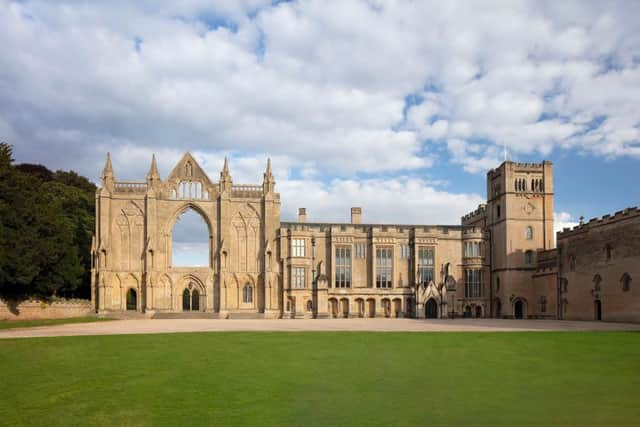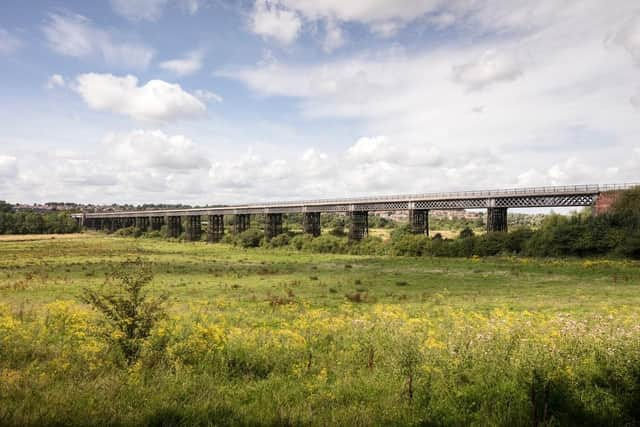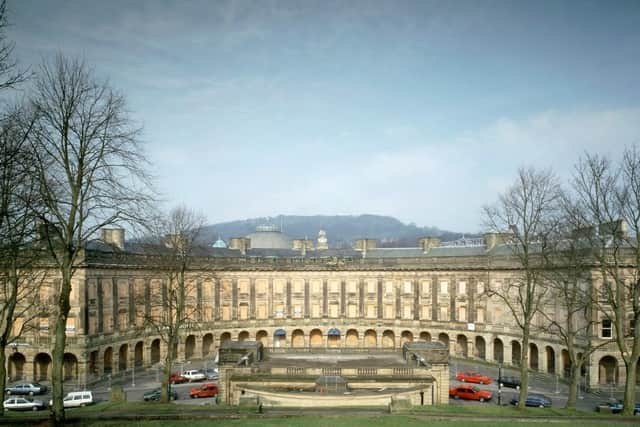The race to save 50 decaying heritage sites across the region - and how this affects famous visitor attractions in Derbyshire


Historic England today, Thursday 15, October, has revealed the sites most in need of attention on its Heritage at Risk Register 2020, which provides an annual snapshot of the critical health of England’s most valued historic places, and those most at risk of being lost.
Louise Brennan, Historic England’s Regional Director for the Midlands said: "Heritage is important to the region’s economic recovery and renewal. Every building or place rescued from being at risk can help level up economic opportunity, support and protect skilled local construction jobs, build resilience in private and public organisations and boost tourism.
Advertisement
Hide AdAdvertisement
Hide Ad“People value their local heritage and sense of place. They have connected with it strongly during lockdown for the mental and physical benefits it brings, and we’re proud to play a part in securing our heritage for future generations.”


Nationally 20 places of worship have been added to the at risk register with 19 being in the East Midlands as because they have suffered heritage crime, for example lead theft.
The sites at most risk include a Grade I listed windmill in Burgh Le Marsh, Lincolnshire, which was damaged by a storm earlier this year which destroyed the sails, cap and fantail and a temporary cover is in place over the top floor of the mill to minimise further deterioration as well as Shodfriars Hall, Boston, which was built in the 1400s but has suffered water damage and infestations of fungus and insects.
In total, there are now 901 entries across the Midlands on the 2020 Heritage at Risk Register including 257 Buildings or Structures, 270 places of worship, 231 Archaeology entries, 16 parks and gardens and 127 conservation areas at risk of neglect, decay or inappropriate change.
Advertisement
Hide AdAdvertisement
Hide AdHowever, it is not all bad news for the region as 38 sites have been saved or the repairs have been completed such as Buxton’s Grade I listed Crescent and the project was supported in funding from Historic England and the National Lottery Heritage Fund. Over many years Historic England has provided technical support and advice, and the Crescent Hotel and Thermal Spa opened its doors once more in October 2020.


Louise said: “This year we’ve helped to save 38 places which have now come off the Register – the result of both our work and of the determination of local communities, charities, owners and local authorities who want to see historic places restored and brought back to life.”
Over the past year, Historic England has provided £1.84 million in grants for 23 entries to help some of the Midlands’ best loved and most important historic sites.
Sites where repairs are in progress include South Wingfield Station, a Grade II building, located in a conservation area, was built in 1839-40 to the designs of Francis Thompson, a pioneering engineer of the railway era, for the North Midland Railway. It is one of the earliest railway stations in the world and is the sole survivor of Thompson's picturesque stations on the Derby to Leeds line.
Advertisement
Hide AdAdvertisement
Hide AdHistoric England state the building was in private ownership for many years but was acquired by the Derbyshire Historic Buildings Trust in 2019 following successful compulsory purchase proceedings by Amber Valley Borough Council. Historic England grant-aided the statutory action and has recently offered the Trust a grant for urgent works.
Another is the Bennerley Viaduct on the Derbyshire-Nottinghamshire border which was suffering from deterioration after being disused for decades, with no maintenance.
The viaduct is now managed by Sustrans and Historic England has provided advice on repairs and on the construction of a foot/cycle path across the viaduct. Historic England awarded a two stage grant in January 2019, with development work completed in 2019 and essential repairs started in March 2020. Work was temporarily stopped due to Covid-19 but re-started in May 2020.